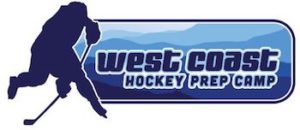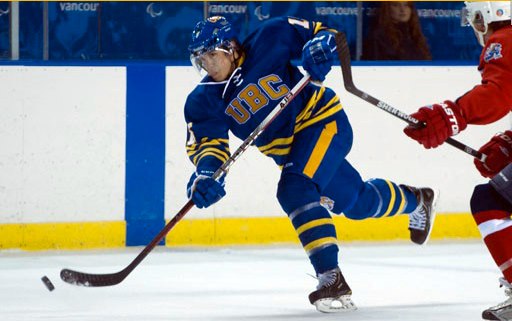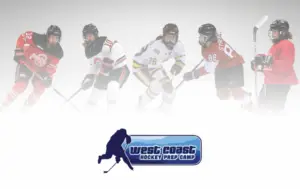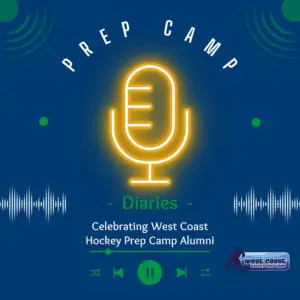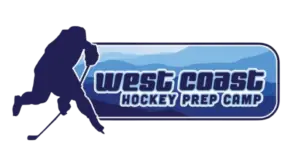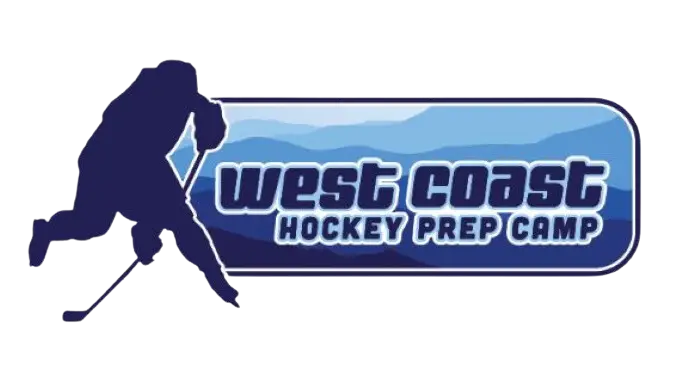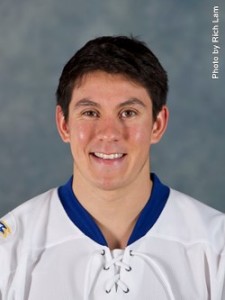 This week we have Jason Yee sharing his perspective and knowledge about off-ice hockey training. Jason graduated with a Bachelors in Kinesiology from UBC where he played 4 seasons for the Thunderbirds. In the off-season Jason trains many elite hockey players where he shares a similar philosophy about off-ice training as we do at Prep Camp.
This week we have Jason Yee sharing his perspective and knowledge about off-ice hockey training. Jason graduated with a Bachelors in Kinesiology from UBC where he played 4 seasons for the Thunderbirds. In the off-season Jason trains many elite hockey players where he shares a similar philosophy about off-ice training as we do at Prep Camp.
“I write my blog from the point of view of “what I wish I knew 5, 10,and 15 years ago”. When I first approached off-ice training, I had no clue and no compass. I heard that older players “worked out” with weights, so I figured I had to do the same. I held notions of: “this exercise is good for hockey” or “you need to do this exercise to get faster”. What I didn’t know was that even though the basics (like posture and breathing) weren’t sexy (like a power clean or a “skater hop” seems to be), mastering them would have accelerated my development. Moreover, I would never have guessed that I would have to return to the basics to keep progressing forward as a hockey player. I also wasn’t always clear on the objective of off-ice training. I made tons of dumb mistakes while training, including but not limited to: overtraining, putting too much emphasis on off-ice training, getting really sport specific, and trying every gimmick out there. I came up with a list of lessons to consider that I hope will help anyone beginning to think about off-ice training so that they might avoid repeating some of my mistakes.
Here are five things I would tell someone who is thinking about off-ice training:
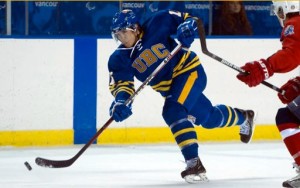 1.
1. You can determine your performance ceiling – choosing between foundational skills and quick wins
Every human has the ability to develop the complex movement skills needed for hockey. Some may have to put more time and effort in than others, but everyone is capable of it. However, the ceiling on those skills is dictated by the foundational, non-hockey, movement skills. Very simple skills like: breathing, standing, rolling, and crawling are the foundations of more complex movements. Athletes without this foundation who want “quick wins” by improving their (insert popular hockey conditioning test here – windgate/bench press/weighted squat/beep test/agility test) without mastering the fundamentals, will not be able to keep up in the long run with athletes who have mastered the fundamentals. If your ego can take it, leave out the quick wins, and master the basics first. I suggest mastering the basics by taking part in gymnastics, martial arts, or by working with a coach who specializes in fundamental movements.
2. Sport-Specific Training is a Myth
Doing “sport specific exercises” is generally a waste of your time. Here’s why: when you actually PLAY HOCKEY, you’re doing THE MOST sport specific training possible. Why then, would you go into a gym, and try to replicate those movements? Doing so risks overuse injuries and causes LESS EFFICIENT movement patterns on the ice. Our society today has athletes sitting in chairs, on buses, in cars, and on planes. It also has them texting and on their computer. So we end up with athletes who are in “compromised positions” (basically bad posture) in their day to day life, AND while playing hockey. The bulk of my work in the gym focuses on reestablishing “natural position” (better posture), and good “movement quality”. After mastering natural position and good movement quality off the ice, we always see an improvement on the ice with our athletes.
3. Sport-Specific Training is Not a Myth
Wait what?? You just said…Ya, I know what I said. Strength & conditioning is a field full of contradictions.
Understanding the NEEDS of the hockey player is critical for an off-ice strength & conditioning coach. This means understanding their movement patterns, and physical needs. For example, I know that a player I have never trained is going to have tight hip flexors, is probably restricted in their ability to “internally rotate” their legs, and is going to have an “exaggerated lordotic curvature”or a large lower back curvature. Unless I’m intimate with the needs of most hockey players, I might inappropriately prescribe them exercises that would exacerbate their problem areas. I want to be clear that just because your trainer/strength & conditioning coach is “a hockey guy”, they are not necessarily qualified to understand your body’s complex physical needs. I also want to be clear that the idea of sport specificity in off-ice training should be understood as correctly understanding the needs of the sport and prescribing exercise in a way that will maximize benefits while minimizing risk (like prescribing exercises that won’t stress already overused and tight muscles).
4. Many Trainers/Strength & Conditioning Coaches are Excellent Babysitters
Be wary of trainers who say they trained (insert top player/prospect here) and that is evidence of their proficiency. For example, if I was Sidney Crosby’s trainer, I could probably prescribe him a poor to mediocre program and have him still be a top scorer in the NHL. I’m not saying that he is on a poor or mediocre program, but I’m saying that you should not evaluate my effectiveness as a trainer based on me babysitting a genetic freak until they hit stardom. Obviously some great trainers are responsible for the development of some great players, but it isn’t the only metric that should be considered. Choose wisely! Other considerations include: how well do ALL of the athletes they train move, who is the worst player training and how well do they move, what kinds of improvements do the players see season to season?
5. Cross-Training Is More Valuable Than You Think
With a good base of fundamentals, cross-training can supercharge off-ice development. It combines the development of coordination, strength, stamina, speed and agility in ways that don’t overload overused muscles and movements. We often use volleyball, soccer, handball, and tennis as methods to instill the lessons with teach in the weight room. Learning Yoga, Tai Chi, Qi Gong, and Meditation are also valuable “Cross-Training” methodologies in that they teach athletes to develop their attention, awareness and mindfulness. In short, this internal type of focusing leads to increased sensitivity of the athlete.
6. Never Forget the Goal of Off-Ice Training
If hockey is your main priority, then keep in mind your objectives. Off-Ice training for hockey should aim to improve your on-ice performance. Often, hockey players may think that the goal of off-ice training is:
- Feeling a good burn
- Getting really tired from a workout
- Lifting the heaviest weights
- Getting really good at WODs at CrossFit
- Jumping the farthest
On-Ice performance is improved when a player feels:
- Confident performing skills
- Like they have a high “work capacity” or ability to withstand fatigue
- Relaxed under pressure
- Like they have the physical tools to perform under pressure: speed, agility, power, strength, balance, stability, etc.
Keeping in mind the objectives of off-ice training will prevent you from getting side tracked and wasting time chasing goals that don’t pertain to your hockey development.
Parents and players considering off-ice training will do well to remember the goal of off-ice training, consider cross-training, master the basics, and think about the idea of sport-specific training. Good luck with your off-ice training, and remember that if you consider these points carefully, you might avoid some of the boneheaded mistakes I made!
By: Jason Yee, Train 2.0
 This week we have Jason Yee sharing his perspective and knowledge about off-ice hockey training. Jason graduated with a Bachelors in Kinesiology from UBC where he played 4 seasons for the Thunderbirds. In the off-season Jason trains many elite hockey players where he shares a similar philosophy about off-ice training as we do at Prep Camp.
This week we have Jason Yee sharing his perspective and knowledge about off-ice hockey training. Jason graduated with a Bachelors in Kinesiology from UBC where he played 4 seasons for the Thunderbirds. In the off-season Jason trains many elite hockey players where he shares a similar philosophy about off-ice training as we do at Prep Camp.